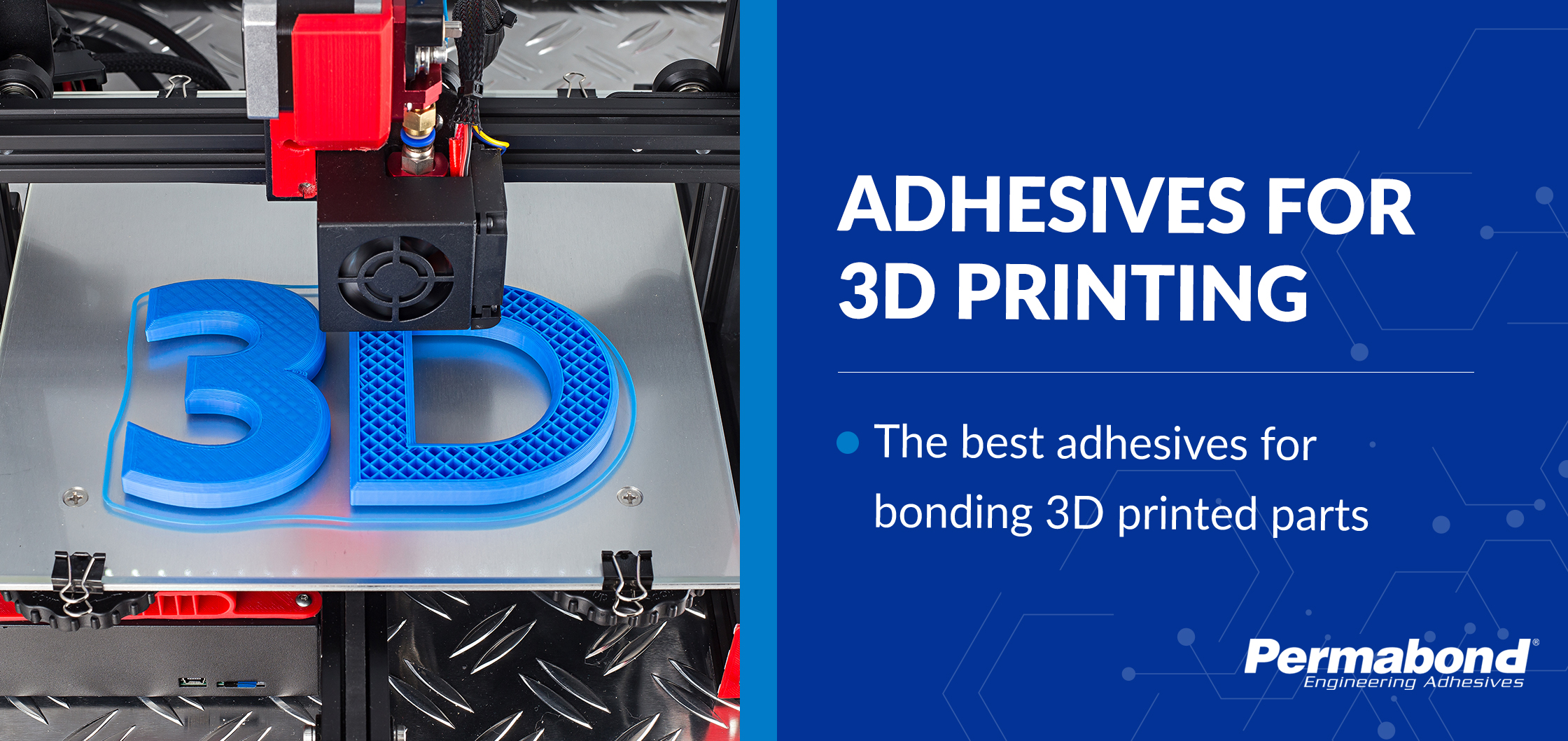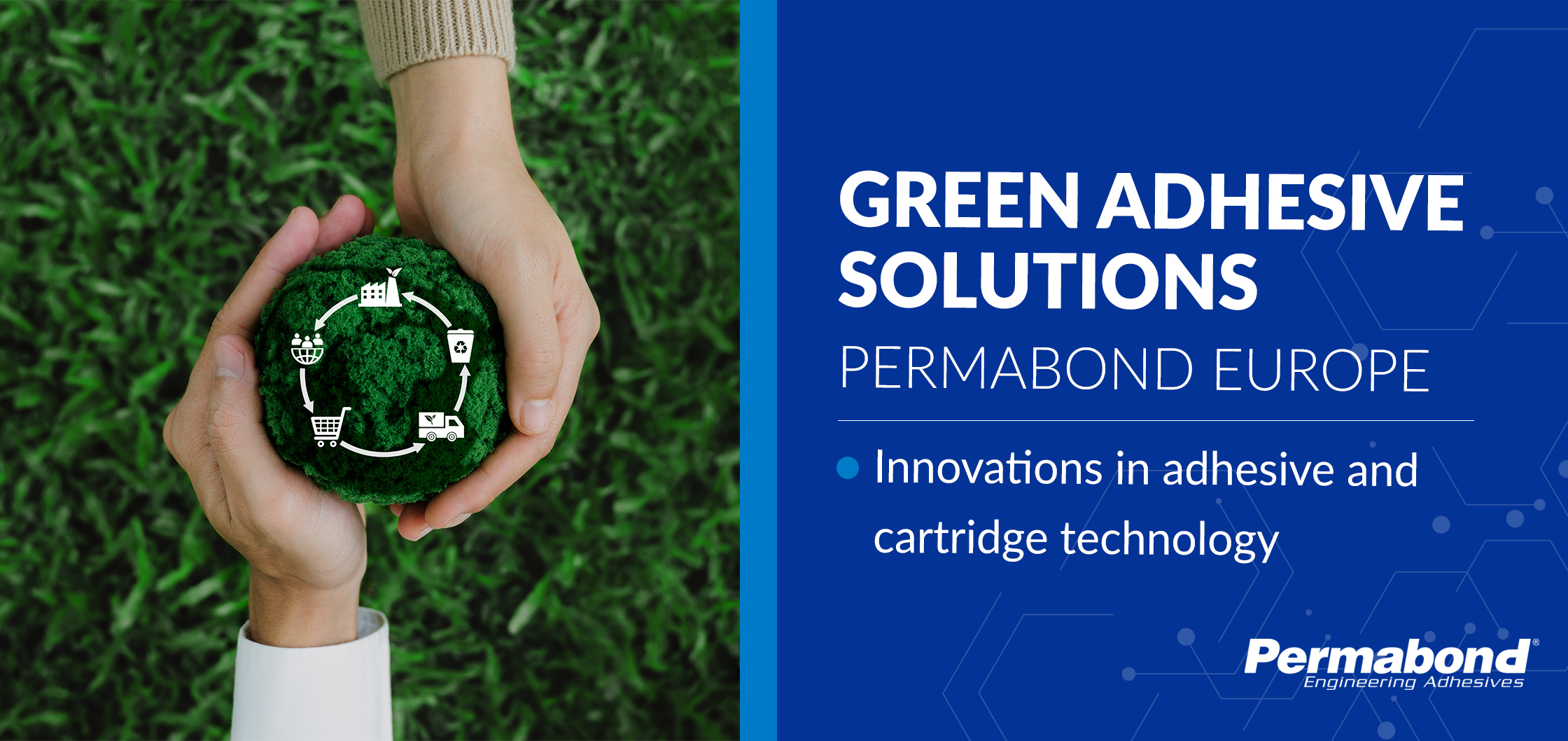How to bond polyurethane?
Polyurethane (PU) is available in various guises – thermoform or thermoset and comes as a rigid solid, foam, or a soft elastomer. It is an easy-to-bond material provided you select the adhesive to suit the type of PU you are bonding.

All grades of Permabond Cyanoacrylates adhere well to PU. Consider Permabond 2050 and 731 for elastomeric PU, as these toughened grades are less brittle. Use an activator such as QFS16 or CSA-NF to bond PU foam. The activators cure cyanoacrylate faster, enabling the adhesive to cure on porous surfaces.
Contact Permabond technical support to determine which adhesive is best for your application.

For bonding rigid PU, consider two component epoxy, polyurethanes, structural acrylics, and UV curable.Finally, for a flexible bonding solution, look into MS Polymers.
Tips for surface preparation & bonding polyurethane:
1. Providing the surface is clean, dry, and contamination-free, PU bond “As Received.” There is generally no need to abraid or treat.
2. If you do wish to do a solvent wipe before bonding or for clean up afterward, use isopropanol or Permabond Cleaner A; acetone is too aggressive and will attack the plastic.
3. For porous foam polyurethane, select a product with appropriate viscosity. Elastomeric PU may require a flexible adhesive or cyanoacrylate. And again, if using an elastomeric PU consider an activator such as QFS16.
Contactez-nous
Produits
Assistance technique

Permabond vous aidera à sélectionner la colle qui convient à votre application.
Pour trouver un distributeur

s produits Permabond sont vendus par l'intermédiaire de distributeurs dans le monde entier.
Permabond est certifié ISO QMS compagnie.

Vous pouvez obtenir une copie de notre certificat ISO




